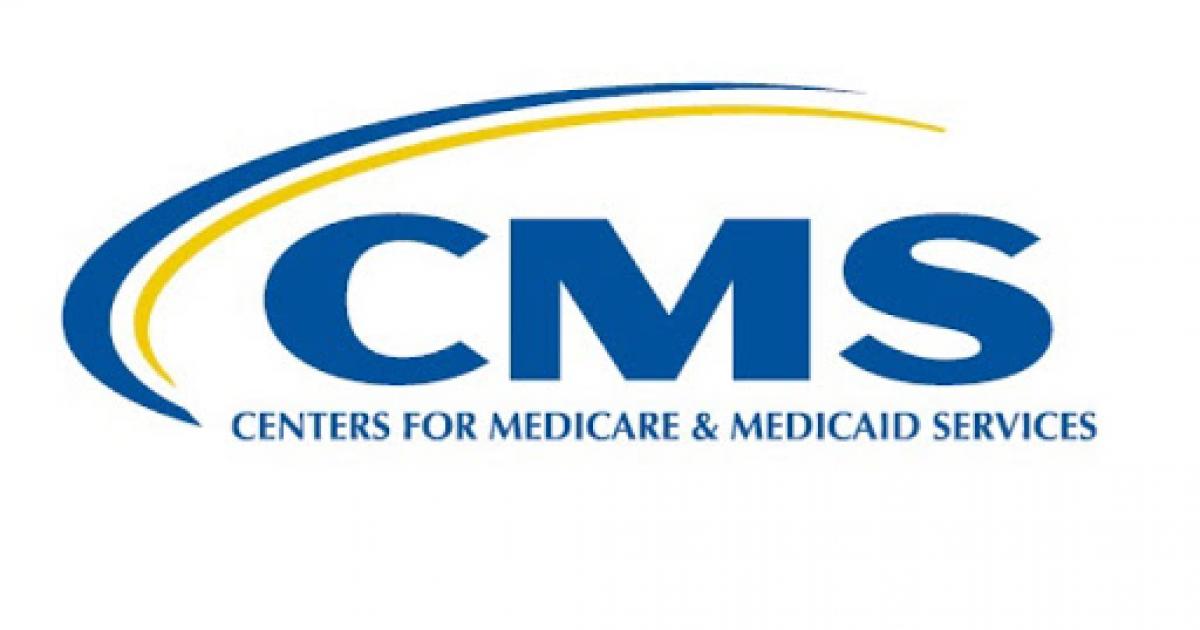
01 Dec Medicaid Managed Care Final Rule – CMS-2408-F
The Medicaid Managed Care Final Rule, CMS-2408-F, was finalized this November. The new rule implements proposals from the Notice of Proposed Rule Making from last year. Provisions from the rule will begin taking effect as early as December 14, 2020.
According to Medicaid enrollment data from 2018, 66 million people are enrolled in managed care, making managed care arrangements the primary delivery system for Medicaid benefits. To support these programs, the rule reduces administrative burdens on Medicaid managed care plans and gives states more flexibility to determine capitation rates and appropriate payment rates.
These regulations were last finalized by the Obama administration in 2016. Shortly after the Trump administration transitioned into office it began a “full review of managed care regulations to prioritize beneficiary outcomes and state priorities.” The administration sent letters to state governors for input on how to more effectively manage the Medicaid program and improve health outcomes.
In response, states indicated that the 2016 regulations added cost and additional administrative burdens to Medicaid programs. With the help of state Medicaid directors and the National Association of Medicaid Directors (NAMD), CMS identified the problematic areas from the 2016 regulations. In the Notice of Proposed Rule Making in 2018, the group put forth ways to improve federal oversight, state flexibility, beneficiary protections, fiscal integrity, and the delivery of quality care.
According to CMS, “This rule finalizes many of those proposals and helps ensure that state Medicaid and CHIP agencies are able to work efficiently and effectively to design, develop, and implement Medicaid and CHIP managed care programs that best meet each state’s local needs and populations.”
CMS-2408-F makes changes in the following managed care regulations: setting actuarily sound capitation rates, pass-through payments, state-directed payments, network adequacy standards, risk-sharing mechanisms, quality rating system appeals and grievances, and requirements for beneficiary information.
However, the new rule does not completely revise the 2016 regulations. The most significant revisions occur in capitation rates and payments, network adequacy standards, requirements for beneficiary information, and quality ratings and oversight.
Capitation Rates and Payments – States are permitted to set capitation rate cell ranges rather than a single rate per cell. States are prohibited from changing capitation rates based on the amount of federal aid for a population that would increase federal costs. States cannot add or modify risk-sharing mechanisms after the beginning of a rating period. The rule establishes two minimum fee schedules for directed payment arrangements from plans to providers. States transitioning a population from FFS to managed care are permitted to make supplemental pass-through payments for up to 3 years.
Network Adequacy Standards –States are no longer required to develop and enforce enrollee travel time and distance standards. Instead, states can set a quantitative adequacy standard.
Requirements for Beneficiary Information – Required taglines are only necessary for materials that are critical to obtaining services instead of all written materials. Provider directories are to be updated quarterly rather than monthly. Managed care plans can issue notice of provider terminations to the later of 30 days prior to the effective date of the termination or 15 days after the receipt or issuance of a termination notice.
Quality Rating Systems (QRS) – The new rule only requires that states alternative managed care quality rating systems (QRS) attain information comparable to the CMS QRS when it is feasible. States can now broaden the definition of disability in regard to health disparities within their quality strategy but they are not required to. On a yearly basis, states must post which plans are exempt from external quality review.
